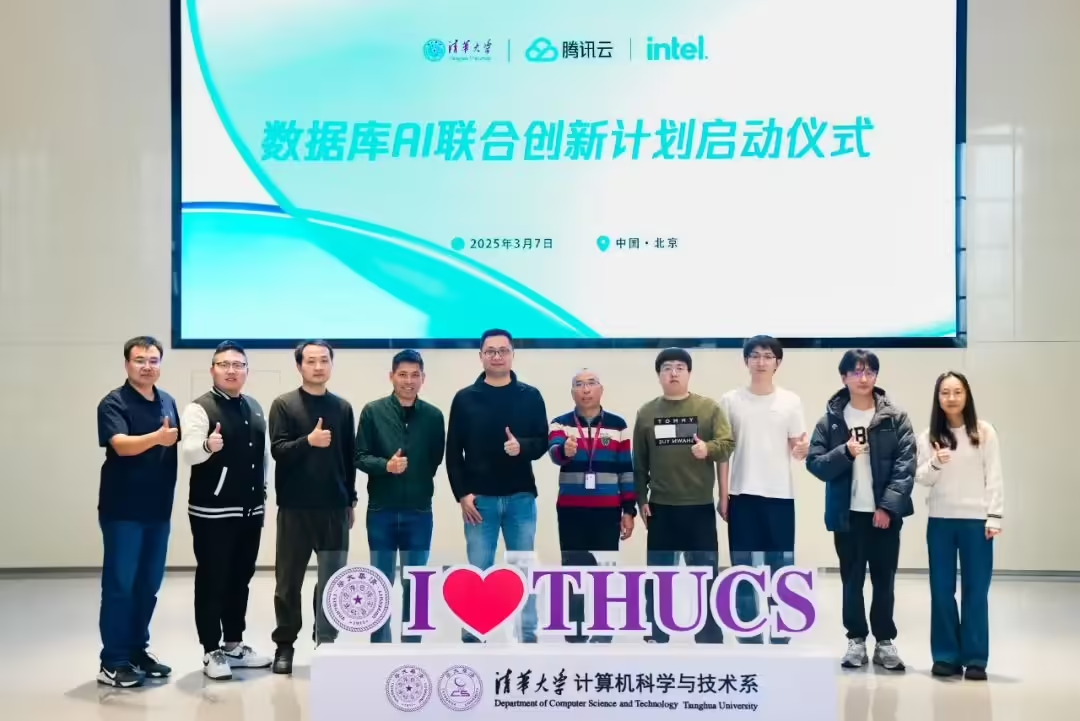March 11, 2012 - According toTencent CloudToday's news.Tsinghua UniversityTencent Cloud,IntelOn March 7 in Beijing, the company announced the launch of the "comprehensive database AI The "Joint Innovation Program" will carry out in-depth research around the intersection of database and big model technologies to promote the intelligent upgrading of databases, while building an efficient data infrastructure for AI applications. This is alsoThe first industry-university-research linkage program in the field of database AI in China.

With the outbreak of large language modeling technology, database systems are facing the challenge of transforming from "passive storage" to "active service". Traditional databases rely on manually writing complex query statements, while the natural language interaction capability of big models can significantly reduce the threshold of use; on the other hand, the massive data processing required for AI training and reasoning also urgently requires databases to realize performance leap in distributed architecture, cache management and other aspects.
1AI learned from the announcement that in response to this trend, the cooperation has planned two major technical paths of attack:
- On the one hand, the development of an intelligent query generation and optimization system based on large models (Text2SQL).Allow users to directly manipulate databases through natural languageThe company has also realized that even difficult database technology can understand "human language";
- On the other hand, it builds distributed cache products for large model inference, solving core problems such as AI task scheduling and storage resource allocation.
In the Text2SQL direction, the project team proposes an end-to-end technical framework, focusing on breaking through the key links of semantic understanding, pattern matching and SQL verification. Through large model fine-tuning, reinforcement learning (DPO) and retrieval augmentation (RAG) technologies, the system can disassemble user questions into multilevel subtasks and dynamically match the database table structure, and ultimately generate high-accuracy SQL statements.
For the acceleration of large model inference, the project team designed a distributed caching system, which significantly reduces the waste of computing resources through two-phase task scheduling, KVCache optimization, and GPU direct-attached storage technology.
The Tsinghua University database research group said:"The database of the future is not only a storage tool, but also the data brain of the AI industrial chain. We look forward to providing Chinese solutions for the development of global database technology through this cooperation."